September 19th, 2009
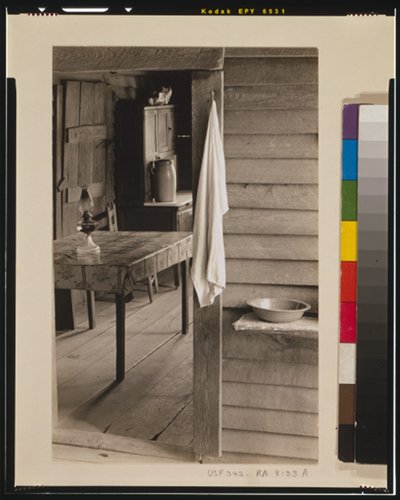
The Library of Congress has high resolution scans of Walker Evans’ images taken for James Agee’s Let Us Now Praise Famous Men. I like the ‘scan junk’ around these images, a density wedge and primary colour samples. From the Steamboats are Ruining Everything blog. Alas the page numbering in my Violette Editions copy of the book appears to be different to the page numbering in the edition that Cain is using. Good excuse to re-read.
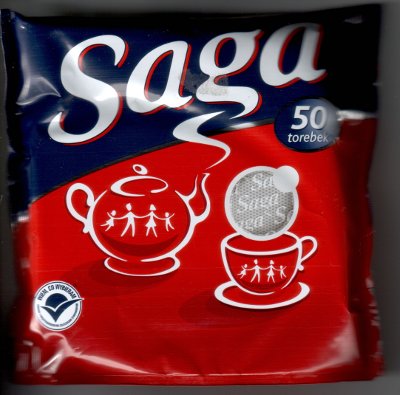
Scan of a foil pack of tea bags found in the local Polish shop. Love the graphic design.
Posted in Photos | Comments Off
September 16th, 2009
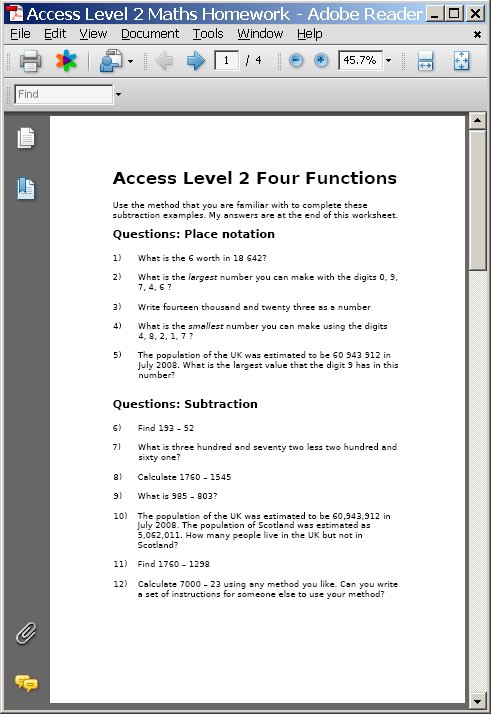
Just a PDF with 40 four function questions with numerical answers. You can never have enough examples. This was used as a class exercise as individual work, and I had useful conversations with individual students about concrete examples. Issues around columns, place notation &c as usual.
A little bit of subtraction, some short and long multiplication and some short and long division. Some booby traps involving sneaking in fractions included as well.
Posted in Maths | Comments Off
September 12th, 2009
“I believe in adequate defence at the coastline and nothing else.”
War Is Just a Racket. Composed by Kyle Gann; performed by Sarah Cahill. The soldier speaks. Good luck chaps.
Posted in Notes | Comments Off
September 11th, 2009
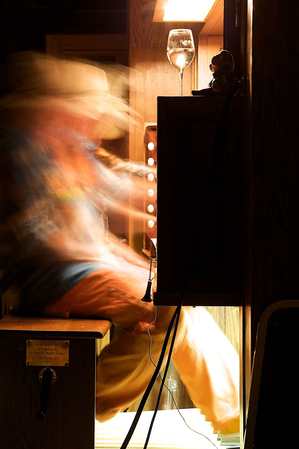
“As we entered Grace and Holy Trinity Cathedral, a perfect fifth was already ringing on the organ. Little by little Charlemagne added notes, held down with little wooden splints, and pulled out additional organ stops to thicken the roar of sound. Finally he plunged onto the keyboard with both forearms, and, with overtones at maximum ferment – pulled the plug. The sound died in a swooping glissando, came back on, and did so twice more, in a powerfully dramatic effect.” Kyle Gann, PostClassic, Charlemagne Palestine recital
The man with the soft toys lives in Belgium, but, alas, seems to perform only in the USA. I find the back history of minimalism fascinating. Added 12th Sept: There is a YouTube Video of a performance at St Giles-In-The-Fields Church.
I’m dragging my feet out of the enrollment trifle now and more HotPotatoes quizzes and worksheets very soon as I’m teaching two Adult Numeracy Certificate classes and three Access Maths GCSE equivalent classes.
Posted in Notes | Comments Off
September 7th, 2009
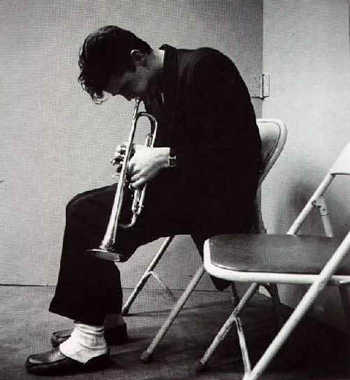
WordPress 2.8.4 works fine (I had problems with 2.8.1). There is a significant security exploit on older versions of WordPress, and the advice is very simple: upgrade. Chet is playing for me now.
As I have little time for fiddling, there might be a cross grade to the open source version of Moveable Type quite soon. I started off using Moveable Type to publish this site, but then they decided to charge for the script (no problem with that in itself) but adopted a silly costing structure.
I’ve had lots of mileage out of WordPress, and have donated in a small way, but the real cost is time.
Posted in Notes | Comments Off
September 5th, 2009
“Researchers asked 3,000 11 to 14-year- olds in England to sit maths exams taken by pupils in 1976, and compared their scores with the earlier results. Analysis suggested there was little difference between the two generations.” BBC News article (no attribution)
What I noticed about this research is the way ‘maths’ is assumed to have some kind of independent existence. School maths has changed over the last 30 years, and so using 30 year old exams now is going to measure something else. Later in the BBC article,
“Thirty years ago, pupils would sometimes convert decimals into fractions to solve a problem, but those taking the tests now did the reverse, researchers found.”
So we have different strategies for solving problems (presumably without a calculator) reduced to a scalar variable (marks on a test) and the score is then used as a measure. Seems a bit reductive.
Jeremy Hodgen is a distinguished academic in a major University department, so I’m sure there is more to the research. I shall try to find the full report.
Posted in Notes | Comments Off
September 2nd, 2009
“The first thing she found is that young people today write far more than any generation before them. That’s because so much socializing takes place online, and it almost always involves text. Of all the writing that the Stanford students did, a stunning 38 percent of it took place out of the classroom—life writing, as Lunsford calls it. Those Twitter updates and lists of 25 things about yourself add up.” Clive Thompson on the New Literacy
Students write more now.
Posted in Notes | Comments Off




